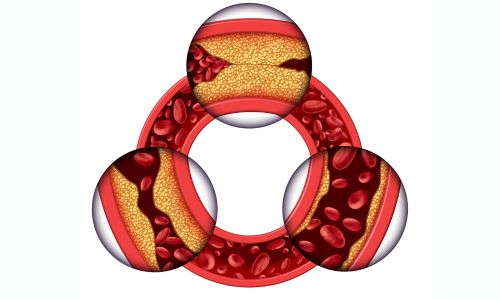
With recent increase in percutaneous cardiac intervention (PCI) the patients undergoing coronary artery bypass (CABG) are getting more complex with other medical problem. In some patients standard surgical or percutaneous intervention is no longer available due to its complexity.
We define complex coronary artery disease (CAD) as condition not amenable to percutaneous coronary intervention and standard surgical intervention. Conditions for complex CAD include necessity of reoperative CABG, coronary endarterectomy, calcified aorta and transmyocardial laser revascularization (TMR).
Data suggests that fewer patients are undergoing reoperative CABG. From 1990 through 1994, 7.2% of CABG was reoperations which decreased to 2.2% from 2005 through 2009. On the other hand, PCI before redo CABG increased from 14.5% (1990 through 1994) to 26.6% (2005 through 2009). The likely explanation for this is increased use of PCI for patients with previous CABG and more effective risk factor control.
Also, use of internal thoracic artery (ITA) grafts to left anterior descending (LAD) coronary artery graft decreases the risk of reoperation and this had become standard graft choice for CABG. The patients who underwent reoperative CABG had more diabetes, dyslipidemia, hypertension, peripheral vascular disease and left main disease.
BestHeartSurgery is a comprehensive information portal that gives both the common man and medical professionals.

